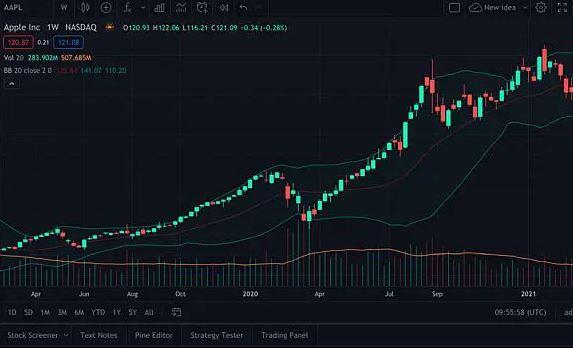A forex trader may be highly profitable, but it also carries some risks, which is why aspiring traders need to develop and refine their strategies before investing real money. The purpose of this article is to provide tips for creating a successful paper trading forex strategy. Paper trading is also known as demo trading, and it is a great way to practice and test your forex trading strategy without incurring financial risk.

Step 1: Define Your Trading Goals
You must define your trading goals before you get started with paper trading. When it comes to generating a consistent monthly income or supplement your existing income, your trading strategy will be driven by your goals. Also, ensure you know your risk tolerance and the amount of time you can spend trading. Based on this, you can select the right trading style and timeframe.
Step 2: Choose a Paper Trading Platform
Numerous online brokers offer virtual money demo accounts to practice trading after you have defined your trading goals. It is important to choose a platform that closely resembles the actual trading environment, which includes real-time price feeds, charting tools, and other technical indicators. As a result, paper trading will be a very similar experience to real-life trading.
Step 3: Develop Your Trading Strategy
Before building a successful forex strategy, You must identify your trading style and personality. Choose a trading style based on your goals and personality. You can choose from swing trading to day trading to scalping. Then, decide whether to trade short-term (intraday) or long-term (weekly or monthly).
Forex traders must know how to analyze moving averages, oscillators, and Fibonacci retracements to determine key support and resistance levels, trend lines, and chart patterns. Using these indicators, You can combine these tools to generate trading signals aligned with your trading strategy.
The importance of fundamental analysis cannot be overstated, especially for long-term trading strategies. Keep up with economic news releases, geopolitical events, and central bank announcements that may affect the value of currencies. Take advantage of this information by developing a trading strategy that incorporates it.

Step 4: Test Your Strategy
It is now time to test your trading strategy on the paper platform once you have developed it. The backtesting of your strategy will help you determine how effective it is in different market conditions. You can then refine your strategy accordingly to eliminate any weaknesses or areas for improvement.
After backtesting your strategy, test it. Keep a trading journal to track and evaluate the effectiveness of your strategy. Use the demo account to execute the strategy in real time. Analyze your performance occasionally and adjust your strategy accordingly.
Step 5: Emulate Real Trading Conditions
Set up a virtual account balance similar to what you would use in a live account to make your paper trading experience as realistic as possible. Stick to the same position sizing rules you use with real money to achieve the best results. Maintaining discipline and respect for your paper trading account is important, just as you would with your live account. Avoid taking excessive risks or deviating from your strategy simply because it isn’t real money.
Step 6: Learn from Your Mistakes
It is easy to make mistakes when trading on paper and learn from them without incurring financial penalties. Analyze recurring patterns in your losing trades and determine what went wrong. You deviated from your strategy? You entered a trade without a clear signal? If these mistakes happen in real trading, learn from them and make the necessary adjustments to prevent them from happening again.
Step 7: Gradually Transition to Live Trading
You should transition to live trading once you consistently demonstrate profitability and confidence with your paper trading. As you gain experience and confidence, gradually increase the size of your live trading account. You will always encounter psychological factors and slippage when you trade on paper. Be prepared for these differences and adjust accordingly.
Bottom Line
Developing an effective paper trading forex strategy requires careful planning, analysis, and practice. Defining your trading goals, choosing an appropriate platform, developing an effective strategy, testing it thoroughly, and learning from your mistakes are all essential to building a successful trading strategy. You will be well-prepared to navigate the real forex market confidently if you master the art of paper trading.

